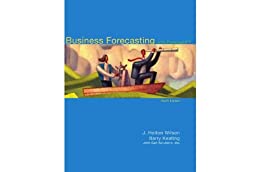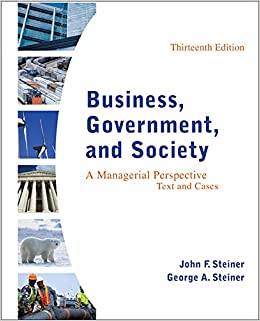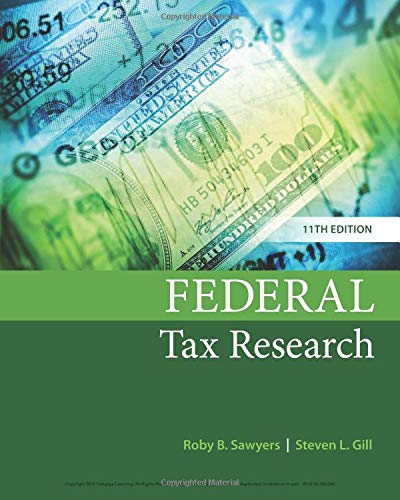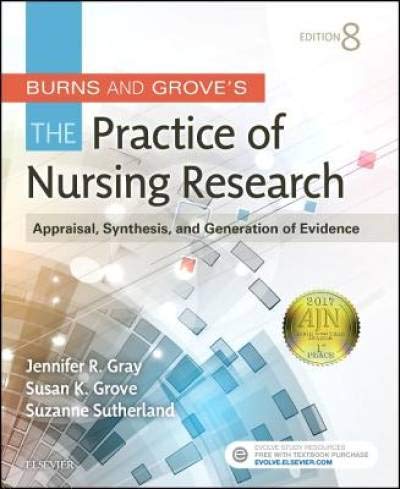Business Forecasting 6th Edition by Wilson – Test Bank
Test Bank For Business Forecasting 6th Edition by Wilson
Business Forecasting 6th Edition by Wilson – Test Bank
Business Forecasting 6th Edition by Wilson
Business Forecasting 6th Edition
Business Forecasting
ISBN:978-0073373645, ISBN-10: 0073373648
Chapter 1
MULTIPLE CHOICE TEST BANK
Note: The correct answer is denoted by **.
- Which of the following does not require sophisticated quantitative forecasts?
- A) Accounting revenue forecasts for tax purposes.
- B) Money managers use of interest rate forecasts for asset allocation decisions.
- C) Managers of power plants using weather forecasts in forecasting power demand.
- D) State highway planners require peak load forecasts for planning purposes.
- E) All the above require quantitative forecasts. **
- Under what circumstances may it make sense not to prepare a business forecast?
- A) No data is readily available.
- B) The future will be no different from the past. **
- C) The forecast horizon is 40 years.
- D) There is no consensus among informed individuals.
- E) The industry to forecast is undergoing dramatic change.
- What is most likely to be the major difference between forecasting sales of a private business versus forecasting the demand of a public good supplied by a governmental agency?
- A) Amount of data available.
- B) Underlying economic relationships.
- C) Lack of market-determined price data for public goods. **
- D) Last of historical data.
- E) Lack of quantitative ability by government forecasters.
- Which of the following points about supply chain management is incorrect?
- A) Forecasts are required at each step in the supply chain.
- B) Forecasts of sales are required for partners in the supply chain.
- C) Collaborative forecasting systems across the supply chain are needed.
- D) If you get the forecast right, you have the potential to get everything else right in the supply chain.
- E) None of the above. **
- Which of the following is not typically part of the traditional forecasting textbook?
- A) Classical statistics applied to business forecasting.
- B) Use of computationally intensive forecasting software. **
- C) Attention to simplifying assumptions about the data.
- D) Discussion of probability distributions.
- E) Attention to statistical inference.













Reviews
There are no reviews yet.